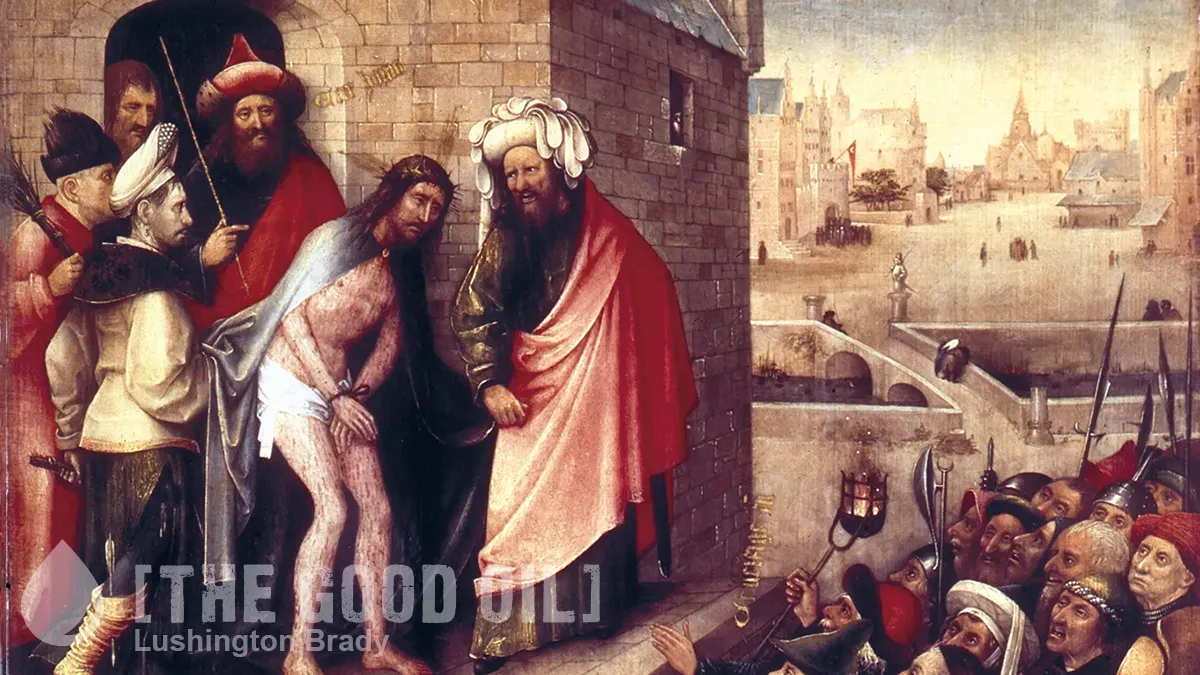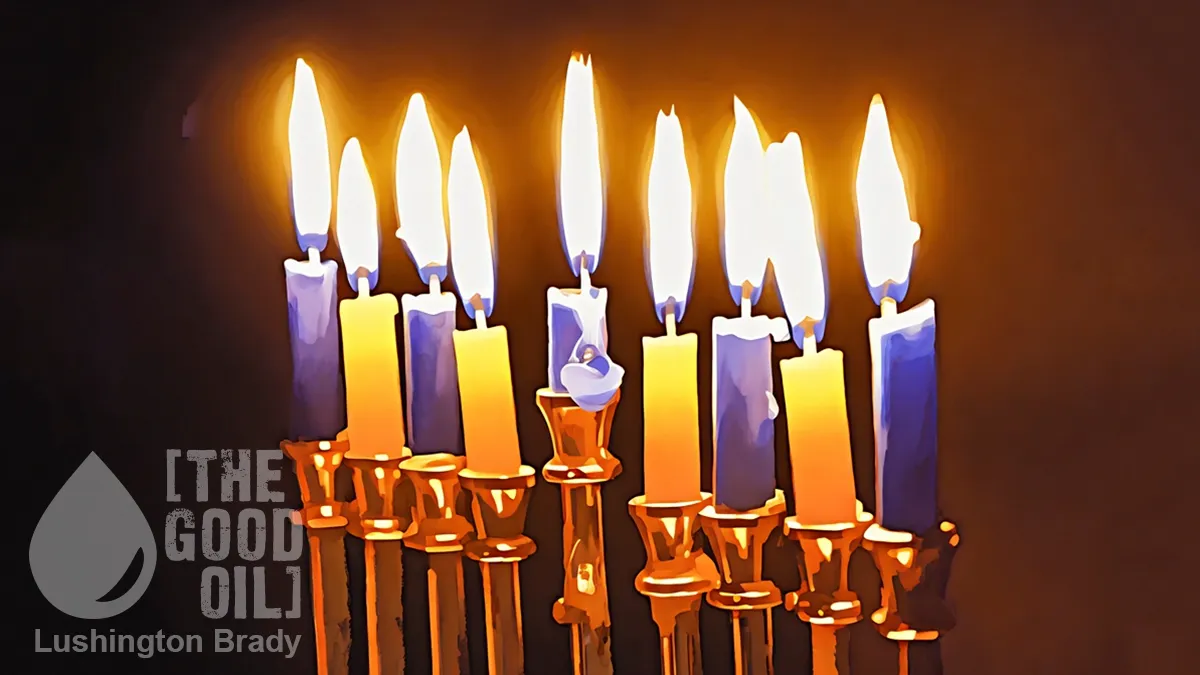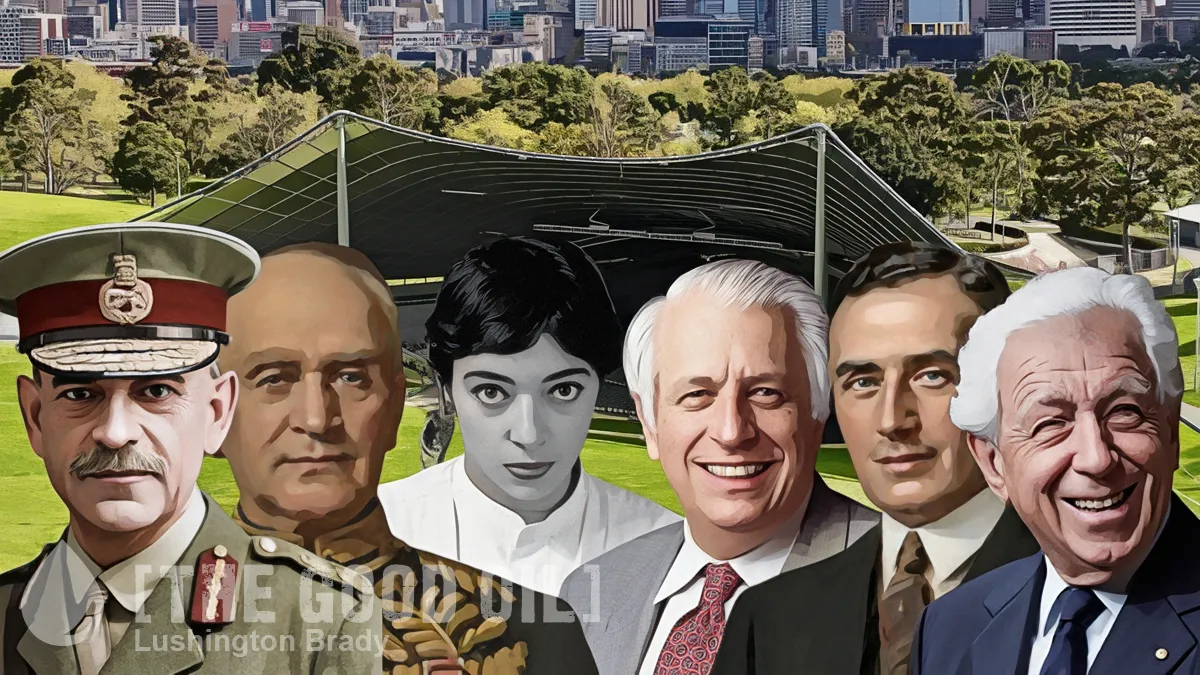At first sight, the announcement last week of the cancellation next year of the ceremonies usually held at and around the Treaty grounds at Waitangi on 6 February could be shrugged off as just another casualty of the Covid-19 pandemic. However, the eternal optimist in me sees it as a potential blessing in disguise.
Why?
Instead of another annual trek to Waitangi by political and Maori leaders, with the customary verbalising, flag raising, and prime ministerial barbecuing of sausages as fodder for evening TV news every 6 February, while the yawning rest of New Zealand makes the most of the first of our annual public holidays, how about next year, we localise our formal observance in the same way as we do with that other day of solemn commemorative significance: Anzac Day?
Throughout our land, on 25 April, communities gather at their local War Memorial to remember and pay homage to those who died in two World Wars so that we surviving descendants might enjoy the freedom and general prosperity we enjoy today. Yes, there are large formal gatherings by the high and mighty in our major cities, but also in our towns and villages, communities gather as descendants, neighbours, and above all, as friends, irrespective of ethnic ancestry as New Zealanders all, many by birth and many by choice.
In the 182 years since the signing of the Treaty at Waitangi, it has never been so vital as it is today to remind ourselves of what the Treaty means for all New Zealanders. To begin with, it should not be called a treaty, but rather an agreement between one sovereign nation, Britain, and groups of Polynesian-descended chieftains who held authority over separate tracts in either of the two islands they knew as Te Ika a Maui (now North Island) and Te Wai Pounamu (now South Island).
Despite that historical fact, it has become known as Te Tiriti and it is important that every Kiwi fully understands its limitations. Especially now that we have a minority of Maori sovereignty radicals trying to claim rights to 50% co-governance of our country, to mislead our young people by rewriting our history, to get control of our water, and demanding a separate health system with a right of veto over health policies affecting the rest of us.
Instead of these remote talkfests at Waitangi by the self-proclaimed select few high and mighty, we need at our community levels, among our neighbours and friends, to understand that the Treaty was never a “partnership.” The word doesn’t appear in either language in the documents that were signed. There were never any “principles” created until a loosely-worded court ruling used the term “in the nature of principles” in a decision relating to the foreshore and sea bed. The run-up of events leading to the signing of the Treaty is described officially here:
https://nzhistory.govt.nz/culture/declaration-of-independence-taming-the-frontier
It tells us that in 1831, 13 Ngapuhi chiefs wrote to King William IV of the United Kingdom to seek an alliance and protection from other powers. On 28 October 1835 James Busby took this a step further at a hui (meeting) he had called at Waitangi. By the end of the day 34 rangatira had signed He Whakaputanga o te Rangatiratanga o Nu Tireni (known in English as the Declaration of Independence of the United Tribes of New Zealand).
Busby had acted partly in response to Frenchman Charles Philippe de Thierry, who had announced plans to proclaim an independent state in Hokianga. The self-declared nobleman’s claims were in the end easily dismissed but the fact remained that if Britain did not intervene in New Zealand, another country might have done so.
This was the first declaration by the residents of these islands (who were referred to as New Zealanders by the mandarins of the British Colonial Office in London), banding together to assert sovereignty of a country the chiefs themselves called Nu Tireni. The reo term Maori – meaning “common” – did not come into usage until much later in the 19th century.
In turn this led to He Whakaputanga o te Rangatiratanga o Nu Tireni as described here:
https://nzhistory.govt.nz/media/interactive/the-declaration-of-independence
On 28 October 1835, at the home of British Resident James Busby in Waitangi, 34 northern chiefs signed He Whakaputanga o te Rangatiratanga o Nu Tireni (known in English as the Declaration of Independence of the United Tribes of New Zealand).
The handwritten document consisting of four articles asserted that mana (authority) and sovereign power in New Zealand resided fully with Maori, and that foreigners would not be allowed to make laws. Te Whakaminenga, the Confederation of United Tribes, was to meet at Waitangi each autumn to frame laws, and in return for their protection of British subjects in their territory, they sought King William’s protection against threats to their mana.
My interpretation of the historical records of the years immediately preceding 1840 is that the Maori chiefs who had asserted authority were prepared to cede their sovereignty to Queen Victoria in return for her protection of their rights to their individual fiefdoms. This was the spirit in which Lieutenant Governor William Hobson, with the assistance of Resident James Busby and missionary Williams was able to get the chiefly signatures and marks of agreement. I have deliberately bolded the word “spirit” above because I firmly believe that this is the element ignored by those who want to insist falsely that the Treaty represented a partnership and proclaimed “principles.”
Personally, I have the deepest respect for the spirit of the Treaty (te wairua o te Tiriti), because it was the document that enabled my earliest progenitor, Andrew McMahon, who had just retired as a Colour Sergeant of the Irish Regiment, to settle in Onehunga in 1849 as a Fencible soldier, ironically charged with the defence of Auckland’s south from possible attacks by Maori.
I don’t know about the rest of you but where I live in Bayview Road, Hauraki on Auckland’s North Shore and because of my previous involvement in the wine industry, I am aware of the waves of other immigrants who chose to make New Zealand their home following the arrival of the canoes that brought Polynesian first settlers here: British, Irish, Scots, Chinese, Indians, Dalmatians, Greeks, Dutch, Germans, Filipinos, Koreans, South Africans, and so on – a few Australians even. My immediate neighbours hail from Hong Kong, Korea and mainland China, good people all, whose only wish is to enjoy life here as New Zealanders, under democracy, unity and freedom.
So, for the future, Covid or not, should we not give less attention to what happens each 6 February on the Waitangi Marae, and make this one effort each year to join our friends and neighbours in localised observances of our community togetherness, in the spirit of the Treaty?
6 February 2022 – carpe diem!
Please share this BFD article so others can discover The BFD.









